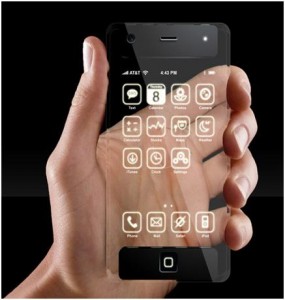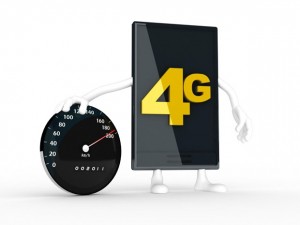4G: learn how retailers should prepare for this technology
So until the 4G technology to gain scale consumption equal to 3G will take quite. Thus, in the short to medium term, retail to benefit from this technology should aim at public Class A to A + + +. In the long run it will be another story, but only to those who prepare for it.
Much has been said about how the transmission technology 4G data will benefit the world of business, including retail.
We have seen many articles on stores with super-futuristic super-connected consumers, citing what it could do in terms of interaction and experience with brands and outlets, according to a technology like 4G.
 Many of futuristic projections take into account the experience of countries already using 4G technology, especially Sweden and Norway where 4G is available since 2009. And these countries have been used as benchmarking.
Many of futuristic projections take into account the experience of countries already using 4G technology, especially Sweden and Norway where 4G is available since 2009. And these countries have been used as benchmarking.
However, it is important to analyze some numbers to have a better understanding of what to expect from 4G in the short, medium and long term, and how retailers should prepare for it.
If you put a wi-fi router in your home to share Internet access with your whole family, up to 5 members, you will hardly notice the difference in speed of individual access. However, if you invite your neighbors and relatives to access your internet through your router, individual access will worsen as more and more people connect. And even worse, if each address watch online video or start downloading large files too.
Now let’s make an analogy: The geographical area of Sweden, and Norway, would your apartment. The 4G infrastructure equates them to your wi-fi router and the population of these countries is equivalent to his family. With this scenario, the service quality is simply fantastic. Now let’s extrapolate and invite neighbors and relatives.
At first just say that Brazil is 18.92 times higher than Sweden and 22.11 times higher than Norway, but that despite higher position consists of 81 countries with a population below the poverty level, while these two countries do not appear in the list, which has 153 countries (Source: CIA World Factbook 2011).
Sweden has a population density of 20 inhabitants per km2. In São Paulo we hab./km2 166.2. That is, many neighbors and relatives sharing the same connections, which physically can be translated into: Without investment in infrastructure will speed 4G 3G, 3G as well as 2G today equals the past.
Remember that the current 3G infrastructure is deficient, not meeting the demand, with the level of service very bad. Recalling that area signal coverage does not mean quality signal.

So until the 4G technology to gain scale consumption equal to 3G will take quite. Thus, in the short to medium term, retail to benefit from this technology should aim at public Class A to A + + +. In the long run it will be another story, but only to those who prepare for it.
Today there are technologies cheaper and in use by most consumers: Bluetooth, RFID, NFC, Digital TV interactivity, mobility, among others. These are technologies that have reached a scale of consumption that allowed her easy access. Nevertheless, retailers did not assimilate the culture of use of these technologies as new sales channels and relationships.
The concept Omni-Channel does not exist here … not on the scale compatible with the size of the country and volume of active consumers and compulsive.
So the question: If retailers so far has not revised its concepts and strategies to take advantage of existing technology, which not only is mature and cheaper than 4G, but mostly it has a high adherence consumer, why worry about 4G? Or will the disruption model sales channels not oriented omni-channel can only be made possible with the 4G?








